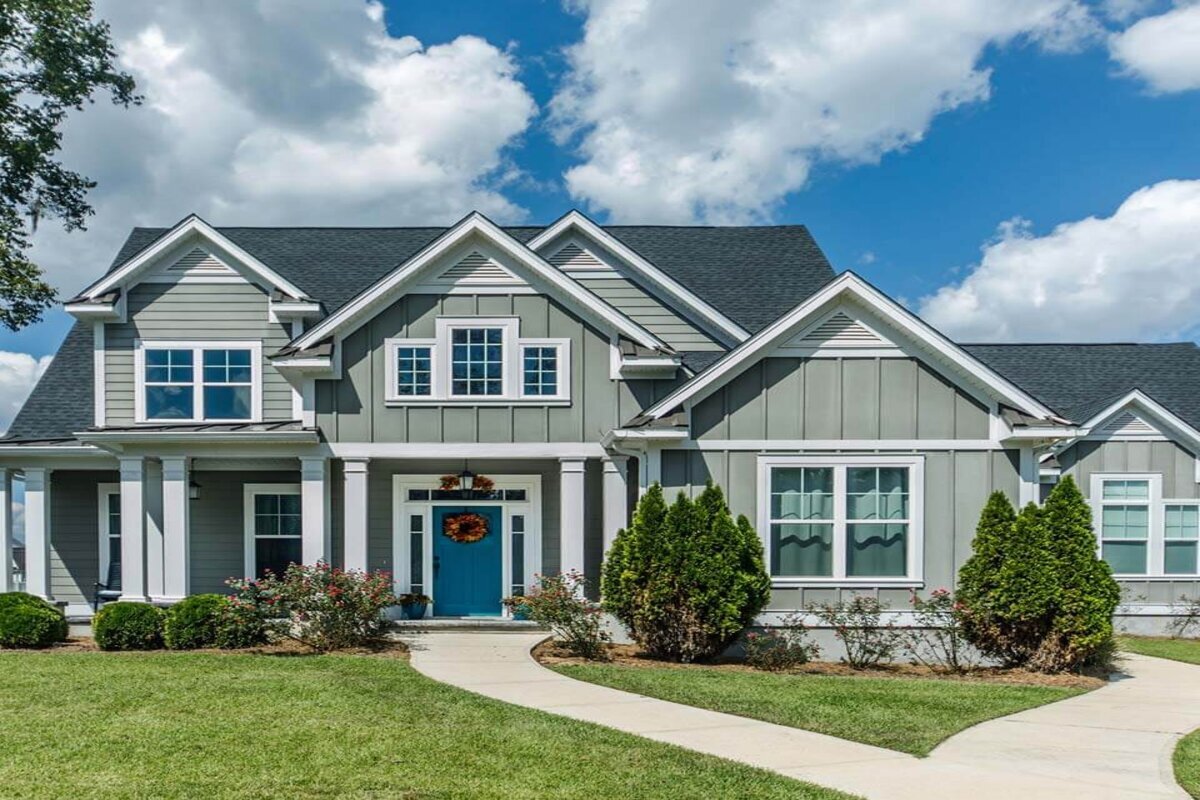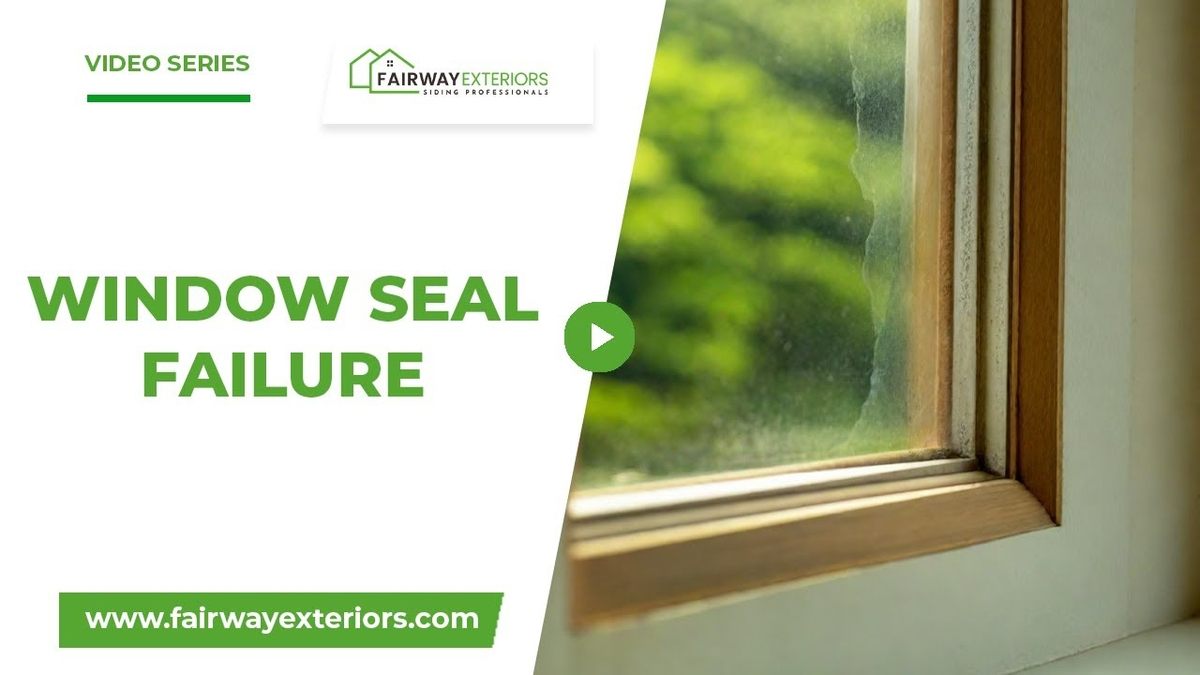Wood exterior doors are a staple in home design, revered for their natural allure and timeless elegance. Here, we’ll weigh the advantages and drawbacks of incorporating wood doors into your home. From their aesthetic value to their functional considerations, we will explore how wood doors can enhance your home’s exterior while also highlighting the care they require to maintain their beauty and integrity over time.
The Timeless Appeal of Wood Doors
Wood exterior doors have an undeniable charm and aesthetic appeal. They exude a warm and inviting feel that can enhance the curb appeal of any home. The natural grain patterns and textures of wood give it a unique character that is difficult to replicate with other materials.
Pros of Wood Exterior Doors
- Visual Elegance: The primary advantage of wood exterior doors is their visual elegance. They provide a classic and sophisticated look that can greatly enhance the overall aesthetics of your home’s exterior.
- Customization Options: Wood doors can be easily customized to match your specific preferences. You can choose from a variety of wood species, finishes, and designs to create a door that complements your home’s style perfectly.
- Natural Insulation: Wood is a natural insulator, which means that wood doors can help regulate indoor temperatures and reduce energy consumption. This can lead to cost savings on heating and cooling bills.
- Durability (for older doors): Older wood doors, especially those built several decades ago, are known for their durability and longevity. They can withstand the test of time and continue to perform well even after many years.
Cons of Wood Exterior Doors
- Limited Lifespan (for new doors): One of the significant drawbacks of modern wood exterior doors is their limited lifespan compared to older ones. The quality of wood available today is not as robust as it was several decades ago. New wood doors may only last around 10 years, which can be a concern for homeowners looking for a long-term solution.
- Maintenance Requirements: Wood doors require regular maintenance to keep them in good condition. This includes periodic staining or painting, as well as protection from moisture and insects. Neglecting maintenance can lead to premature deterioration.
- Vulnerable to Weather: Unlike some other materials, wood is vulnerable to the elements. Exposure to moisture, sunlight, and extreme temperatures can cause wood doors to warp, crack, or rot over time.
- Cost: Quality wood doors can be expensive, both in terms of initial purchase and ongoing maintenance costs. Homeowners should be prepared for the investment required to keep a wood door looking its best.
Conclusion
The decision to choose a wood exterior door should be made with careful consideration of both its pros and cons. While wood doors offer unparalleled beauty and customization options, they may not be the most practical choice for everyone, especially if you have a new wood door that may not last as long as desired.
If you’re looking for a door that combines aesthetics and durability, fiberglass doors are worth considering. They can mimic the appearance of wood while offering greater longevity and lower maintenance requirements.
Before making a decision, it’s essential to evaluate your specific needs and preferences. Consider factors such as your climate, budget, and long-term goals for your home’s exterior. And remember, if you have any doubts or questions, don’t hesitate to contact us for expert guidance and assistance in choosing the right exterior door for your home.








